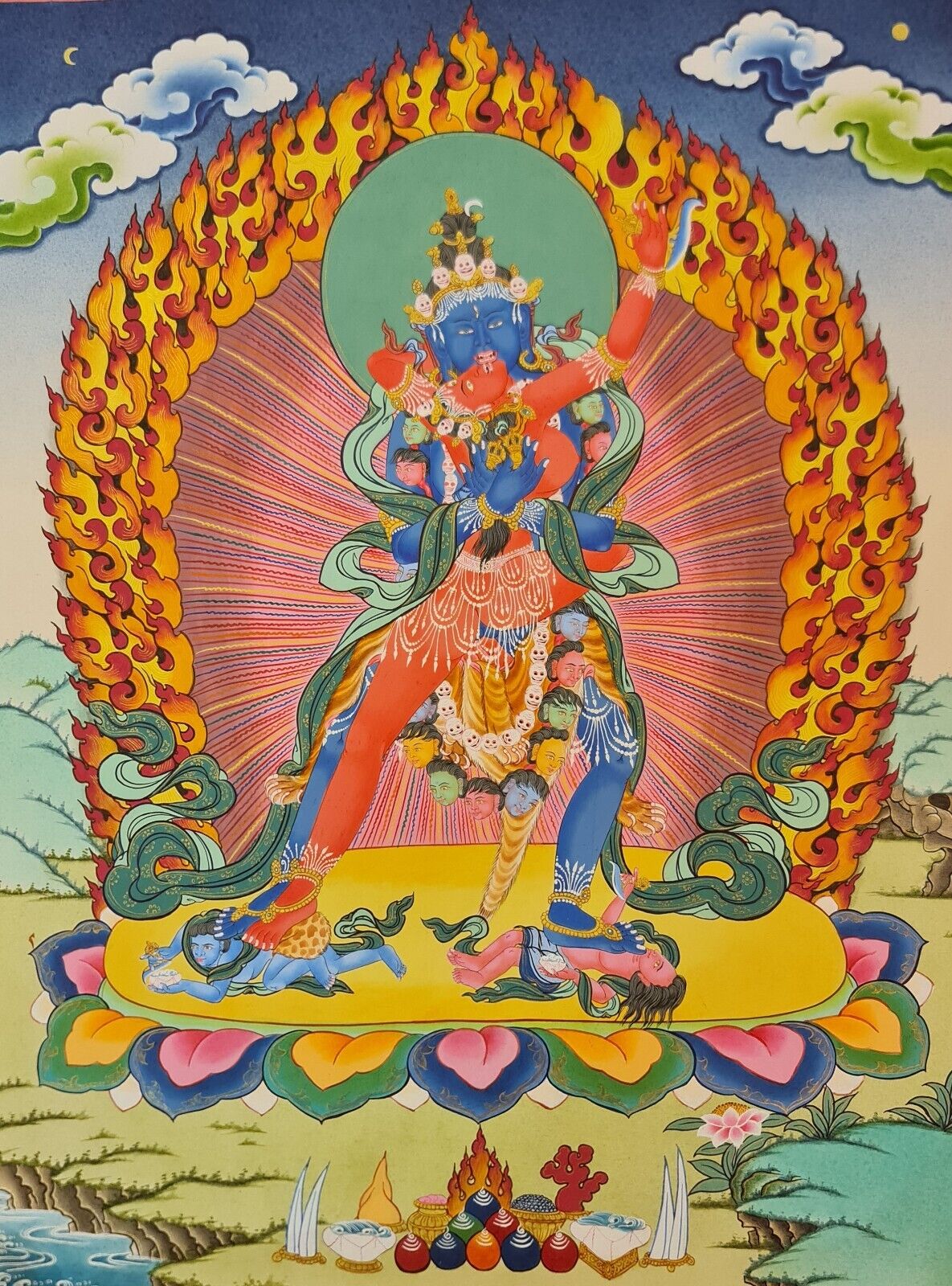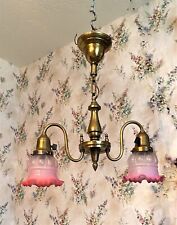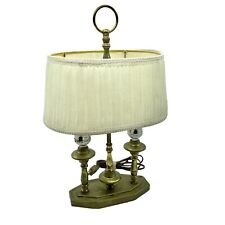1. Two-Armed Heruka Chakrasamvara Thangka (Thanka). Free Brocade / For Sale

When you click on links to various merchants on this site and make a purchase, this can result in this site earning a commission. Affiliate programs and affiliations include, but are not limited to, the eBay Partner Network.
1. Two-Armed Heruka Chakrasamvara Thangka (Thanka). Free Brocade / :
$396.00
AFTER YOU PURCHASE THE THANKA, PLEASE SEND ME AN EMAIL WITH THE NUMBER OR COLOR ON THE FRAME OR BROCADE IF YOU WANT TO PUT IT ON BROCADE. FEDEX OR DHL WILL CALL YOU BEFORE THEY DELIVER THE THANKA, PLEASE SEND ME YOUR PHONE NUMBER TOO.The Meditational Deity Sahaja Two-Armed Heruka Chakrasamvara
Heruka Chakrasamvara (Tib: Khorlo Dompa; 'Wheel of Perfect Bliss') is a tantric meditational deity of the Highest Yoga Tantra (Anuttara) of Vajrayana Buddhism. Chakrasamvara, along with Hevajra and Vajrayogini, are the three main meditational Yidam practices of the Kagyu Lineage.
Chakrasamvara (Tibetan: 'khor lo bde mchog. English: the Wheel of Bliss). Chakrasamvara is the principal deity of the most important Sanskrit Tantra text of the Anuttarayoga Wisdom (mother) classification of the Vajrayana Buddhist Tradition. Chakrasamvara can also be included amongst the most popular deities in Tibetan Tantric Buddhism, the Himalayan region and Tibet, after the 11th century. His purpose and function in the Buddhist Vajrayana religious system is as a model for meditation practice employed by serious Tantric practitioners. There is a vast corpus of literature on the subject of Chakrasamvara. The original source material is written in the Indian Sanskrit language with dozens of Sanskrit commentaries and hundreds of later Tibetan commentaries, including ritual texts, dance performance instruction, and meditation manuals, all written in the Tibetan language. This form of the deity is known as Sahaja Heruka Chakrasamvara. He appears in a simplified form with only one face and two arms embracing the consort Vajrayogini. In some ritual texts she is referred to as Vajra Varahi, however her most common name is Vajrayogini, or Vajra Dakini. The colour of Chakrasamvara is blue and Vajrayogini is red. Their general mood and appearance is semi-peaceful and semi-wrathful.
Chakrasamvara, blue in colour, the right foot is extended pressing on red Kalaratri and the left drawn in pressing on black Bhairava. With one face and two hands, three eyes, the right hand holds a vajra and the left a bell; embracing the consort, with a crown of five dry human heads as a crown, a necklace of fifty wet, and adorned with the six bone ornaments. Chakrasamvara is embraced by the consort Vajravarahi, red in colour, with one face and two hands. The right hand holds a curved knife pointing to the ten directions. The left holds a skullcup filled with the five nectars and embraces the Father. She is adorned with a crown of five dry human heads, a necklace of fifty dry heads and the five bone ornaments. At the four corners surrounding Chakrasamvara and consort are the four principal retinue figures called 'dakini.' Each figure has one face and two arms, a unique colour, standing with the proper right leg straight and the left leg bent. The names of the four Dakini are: red Khandaroha, green Lama, yellow Rupini, and blue Dakini. In the four intermediate directions are four gold vases each topped with a white skull cup.
The meditational deity Chakrasamvara is common to all the New Schools of Himalayan and Tibetan Buddhism. Within the Gelug School the deity is commonly referred to as Heruka. Within the other three schools the term 'heruka' refers to a male meditational deity of the Anuttarayoga classification when appearing in a simplified one face and two-armed appearance. The various deities of Hevajra, Guhyasamaja, Kalachakra, Vajrabhairava and Chakrasamvara all have simplified 'heruka' deity appearance. Among the many different traditions and mandalas of Chakrasamvara practice, this form with one face and two-arms first entered Tibet with the great translator Rinchen Zangpo in the 11th century. Other traditions and lineages of the two-armed form of Heruka Chakrasamvara such as the tradition of Mitra Yogin followed later.
Size:
Size without Brocade: 15 inches by 20 inches
Shipping:
We ship within 3 business day.
Fedex Shipping: 3 to 7 business days with tracking number.
Insurance against loss.We do wholesale too.
Our one and only priority in this business is to provide "Hassle Free Customer Satisfaction". We have "Quality Products" with "Cheapest Price" in the market.
We also provideFREE EXPEDITE SHIPPING AND 30 DAY MONEY BACK GUARANTEE.
Please contact us to resolve any issues. Contact us via email before leaving any negative or neutral comments. We promise you that we will resolve any issues.
Please confirm the return address with us before returning the product.

Related Items:
1. Two-Armed Heruka Chakrasamvara Thangka (Thanka). Free Brocade /
$396.00
ANTIQUE TWO-ARMED HANGING LAMP/ LIGHT/ CHANDELIER w/ CRANBERRY SHADES
$585.00
Vintage Small Brass Bouillotte Two Armed Table Lamp w/ Shade TESTED & WORKING
$274.95



